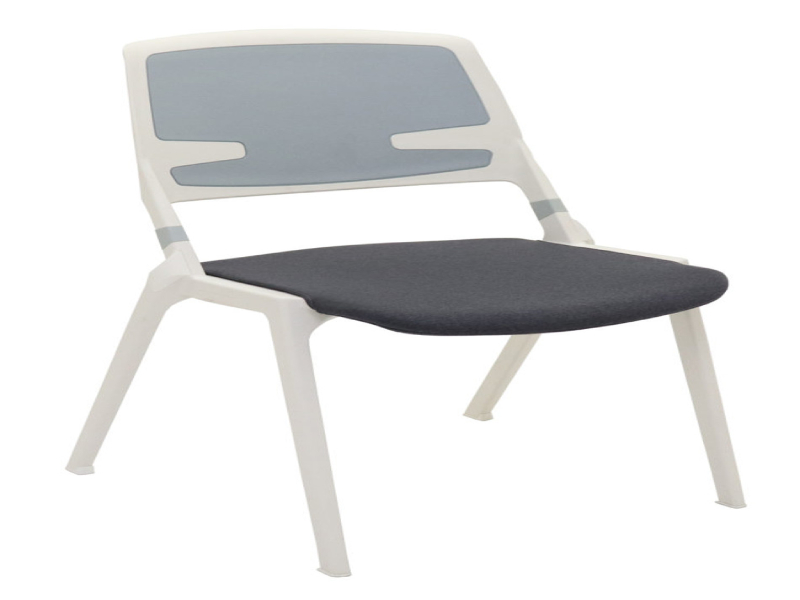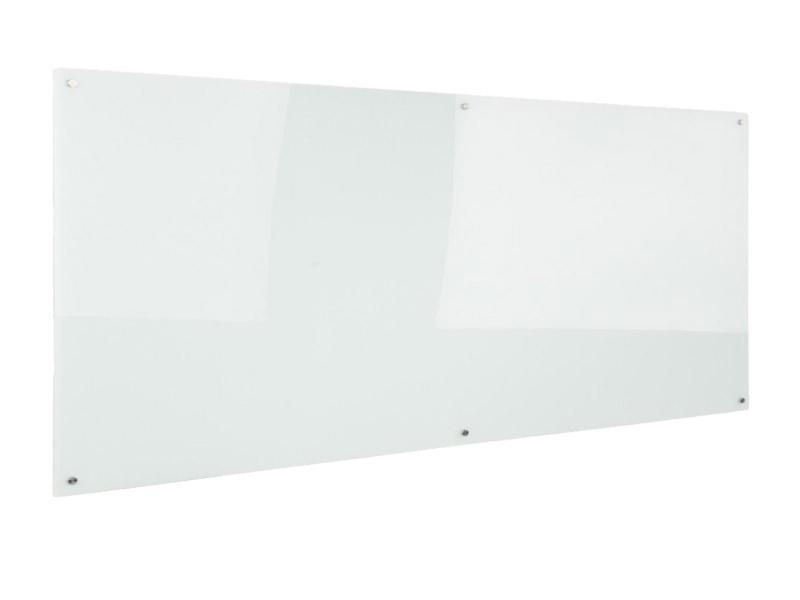Boosting Team Collaboration: Smart Office Design Strategies
Posted by The Urban Hyve Team on 24th Jan 2024
In the dynamic landscape of modern workplaces, fostering team collaboration is a key ingredient for success. The design of your office space plays a pivotal role in creating an environment that encourages teamwork, communication, and also innovation. In this article, we explore smart office design strategies that can boost team collaboration, therefore, leading to increased productivity and a positive work culture.
1. Open Concept Workspaces
Embracing an open concept design is a powerful strategy for promoting team collaboration. Open layouts remove physical barriers, thus allowing team members to interact freely and share ideas. Consider communal workstations, shared tables, and collaborative zones that encourage spontaneous discussions. An open workspace fosters a sense of unity and also ensures that information flows seamlessly among team members.
2. Collaborative Zones and Huddle Spaces
Dedicate specific areas within the office as collaborative zones or huddle spaces. These spaces are designed for quick meetings, brainstorming sessions, or informal discussions. Furnish these zones with comfortable seating, whiteboards, and technology for presentations. Having designated collaboration spaces ensures that teams can come together effortlessly, thus fostering creativity and problem-solving.
3. Flexible Furniture Arrangements
Flexibility is key in a collaborative workspace. Invest in modular and flexible furniture that can be easily rearranged to accommodate different team activities. Mobile furniture, such as rolling desks or adjustable tables, allows for quick adjustments based on the needs of the team. Adaptable furniture ensures that the workspace can evolve along with the dynamic nature of collaborative projects.
Quick Riser - Height Adjustable Sit Stand Desk
4. Integrate Technology for Seamless Communication
Effective collaboration relies on seamless communication. Integrate technology solutions that facilitate communication and information sharing. This includes video conferencing tools, collaborative software, and interactive displays. Ensure that technology is user-friendly, reliable, and enhances rather than hinders the collaborative process.
5. Incorporate Breakout Spaces
Breakout spaces provide teams with alternative settings for collaboration outside of traditional workstations. These spaces can be casual lounges, outdoor areas, or even themed rooms designed for specific types of collaboration. Breakout spaces offer a change of scenery, stimulate creativity, and also provide a relaxed environment for team members to connect.
Maui Breakout / Meeting Chair - BIFMA Approved
6. Balanced Acoustics for Focus and Collaboration
Achieving the right balance in acoustics is crucial in a collaborative workspace. While open designs encourage interaction, it's essential to provide spaces with controlled acoustics for focused work. Utilize acoustic panels, soundproofing elements, or even designated quiet rooms to create a harmonious environment where teams can collaborate without unnecessary distractions.
7. Transparent Leadership Spaces
Leadership plays a central role in team collaboration. Design leadership spaces with transparency in mind, both figuratively and literally. Glass-walled offices or open leadership workstations demonstrate accessibility as well as approachability. When team members can easily connect with leaders, it fosters a culture of openness and collaboration.
Magnetic Glassboard - Toughened Frameless Glass
8. Biophilic Design Elements
Integrate biophilic design elements into the office space to connect teams with nature. This can include indoor plants, natural light, or even nature-inspired artwork. Biophilic design has been linked to increased creativity and well-being, thus creating a positive atmosphere for team collaboration.
9. Diverse and Inclusive Spaces
Create spaces that cater to diverse working styles as well as preferences. Some team members may thrive in a bustling open area, while others may prefer quieter, enclosed spaces. Designing with inclusivity in mind ensures that all team members, regardless of their working preferences, have access to spaces that support their productivity and collaboration.
Measuring Success in Team Collaboration
Assessing the success of your office design in boosting team collaboration involves gathering feedback from team members, monitoring project outcomes, and also observing changes in work dynamics. Look for improvements in communication, the frequency of spontaneous collaboration, and the overall satisfaction of team members with the office environment.
In Conclusion
Smart office design is a strategic tool for enhancing team collaboration. By embracing open concepts, flexible furniture, integrated technology, and inclusive spaces, you can create an environment where teams thrive. Regularly evaluate and refine your office design based on the evolving needs of your teams, and you'll be well on your way to fostering a collaborative culture that drives success in the modern workplace.













